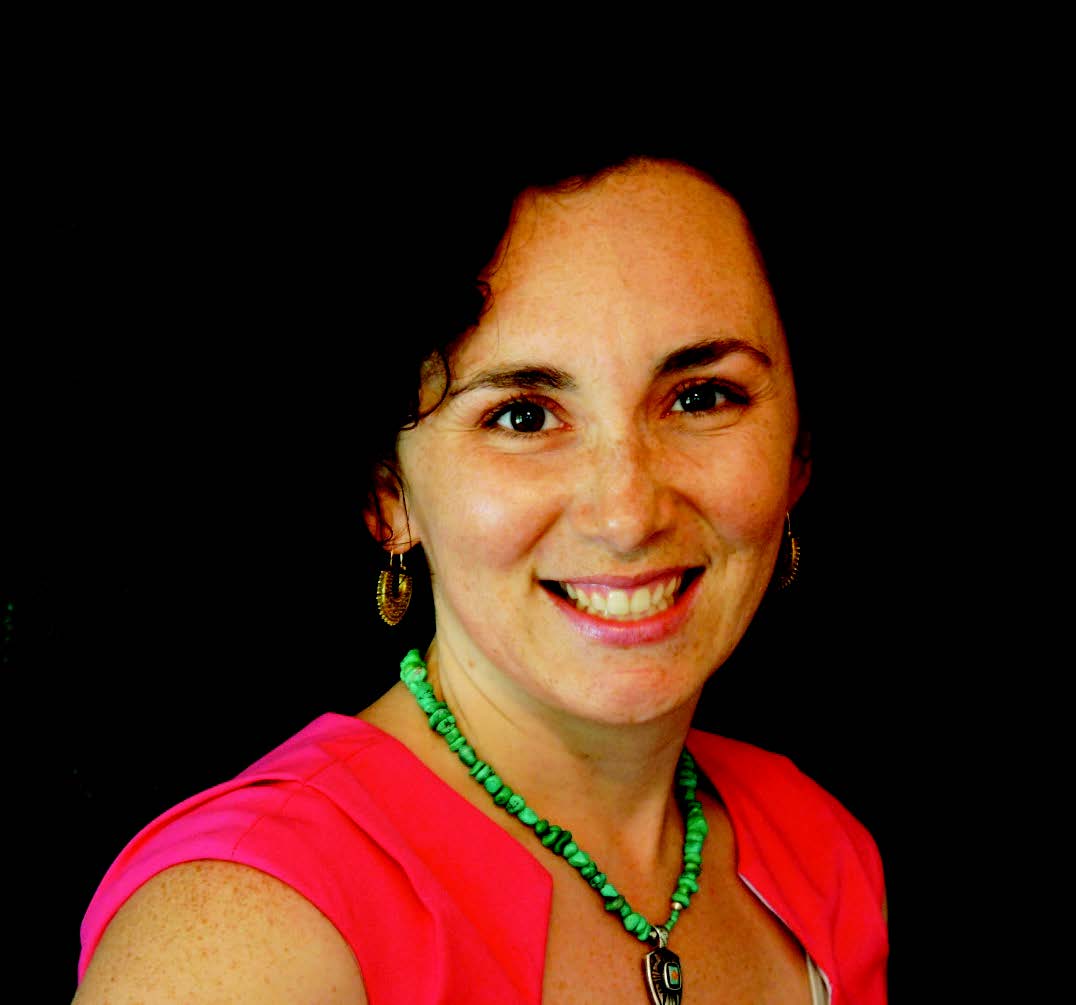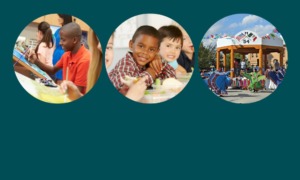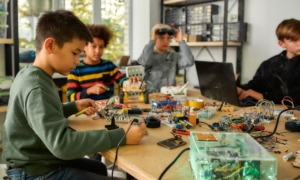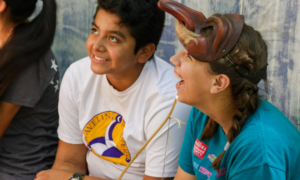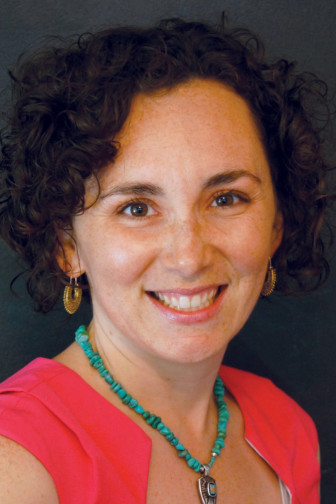 The summer after my second year teaching, I traveled to Malawi — one of the poorest nations in east Africa — with an organization that trains and supports new teachers. In addition to the teacher training program, this group provides housing, education and feeding programs to children in city slums and rural villages.
The summer after my second year teaching, I traveled to Malawi — one of the poorest nations in east Africa — with an organization that trains and supports new teachers. In addition to the teacher training program, this group provides housing, education and feeding programs to children in city slums and rural villages.
At a feeding program outside of Lilongwe, the nation’s capital, we met many children, each of whom got a bowl of nshima, a doughy substance made from maize (white corn flour). I was told that some days, children received greens on the side. On special occasions, they got beans or meat.
I wondered about the efficacy of the feeding program. Access to some food is better than no food. Even so, nshima can fill bellies, but how well can it nourish brains and bodies on its own?
Years later, my husband and I met Dr. Mark Manary and his wife, Mardi, members of our church. Mark is a pediatrician and professor at Washington University in St. Louis who, together with Mardi (a pediatric nurse), co-founded Project Peanut Butter.
Mark and Mardi started Project Peanut Butter after living in Tanzania, another east African country. The Manarys were concerned by the awful recovery rates for children with severe malnutrition — just three or four out of every 10 children were surviving with standard treatment. After much study, he found Ready to Use Therapeutic Foods (RUTF).
RUTF is a vitamin- and mineral-rich peanut butter paste. It is easy to digest and hard to spoil. In 2004, the Manarys began working with the World Health Organization and Malawi nationals to use RUTF as a primary child nutrition treatment. The results were staggering. Recovery rates soared to 75 to 95 percent.
Today, Project Peanut Butter operates 20 mobile sites throughout Malawi, providing RUTF to children and their caretakers. Unlike most feeding programs, Project Peanut Butter empowers caretakers by training them on how to administer the peanut butter paste and sending them home with a personal supply.
Consider the difference. Two severely malnourished children are trying to survive in Malawi slums. Both access a feeding program. Because of this, they are better off than the child who is hungry but unable to access a feeding program. One of those children attends the program I visited. The other visits a Project Peanut Butter mobile site. The child who receives RUTF has a 75 to 95 percent chance of surviving. In spite of great intentions and high hopes, the other child is only half as likely to survive.
This pronounced example of access as proxy for quality showcases the dangers of allowing program availability to be as important as effectiveness. In the United States, this trap shows up in many different ways — the difference in after-school or summer programming in two urban neighborhoods, one affluent and one impoverished. Or, the difference in the quality of public schooling or health-care services on an American Indian reservation, versus its surrounding towns.
Too often we focus on improving access, stretching the number of people or places we can serve, without ensuring quality of those services. We report on the number of children fed, enrolled, educated or inoculated. We struggle to show how those children have been nourished and served, educated and medicated with the same level of care and quality as their peers from different communities.
Access is an easy proxy for quality because it feels good and right. And it is. As long as it includes the promise to save and improve the lives of children now served.
We can’t mistake the access to summer or any other child and youth programming as a proxy for quality. This summer, let’s ensure that kids not only have access to opportunities for learning, growth and nutrition — but that what we provide meets quality standards and changes lives for the better.


